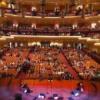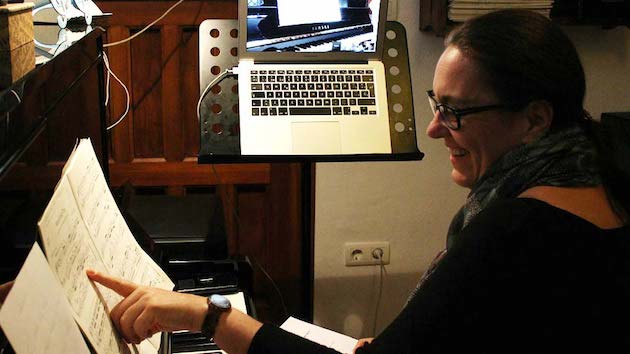
From Juilliard School of Music to the San Francisco Conservatory of Music and the Colburn School and its Music Conservatory in Los Angeles, campuses are closed due to the coronavirus pandemic.
But unlike so many other institutions, the major music schools of America were uniquely prepared to make the transition to online instruction. The fact is, they’ve been preparing for it for years by enhancing and expanding their Wi-Fi capabilities, installing and becoming adept at the use of multiple learning and communication platforms, developing and honing online teaching skills, all while working with a student body that is totally comfortable with the relationship between education and online technology.
The Colburn School recently announced distance learning plans that they had been working on for some time:
The Conservatory, Music Academy, and Dance Academy will continue their plans to begin online learning on March 23, extending through the end of the semester. Over the next few weeks, the Community School of Performing Arts, the Trudl Zipper Dance Institute, and the Center for Innovation and Community Impact will also transition to online learning, with private lessons to begin by April 2, and group instruction to follow.”
Colburn’s President and CEO, Sel Kardan, wrote:
I have personally been involved in the development and implementation of our move to online learning and am excited and heartened by the creativity, flexibility, and determination of our gifted faculty to provide a world-class performing arts education to our students in this new learning environment. While remote teaching and learning will not be without its initial challenges, our commitment to supporting our students in their educational journey remains unwavering, and we have deployed the full resources of the Colburn School in pursuit of educational excellence and continuity during these unprecedented times."
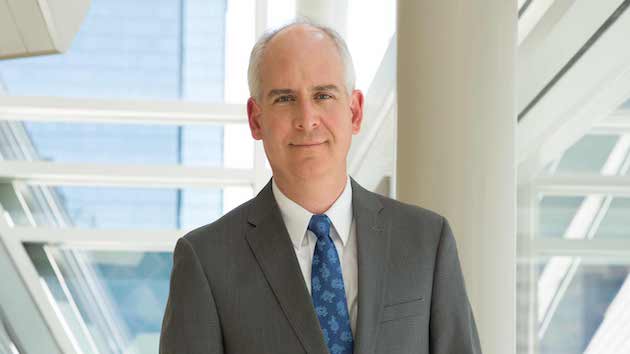
Juilliard quickly transitioned to distance learning as well, with students being able to finish academic courses online. Individual departments and instructors were also investigating online possibilities for performances (like senior recitals) and lessons needed for graduation. “We will also create opportunities for sharing our community’s artistic work in the online space,” the announcement promised.
The San Francisco Conservatory of Music put out their own release, stating that “all in-person Pre-College instruction will move online starting Saturday, April 4, pending further notice. Any missed lessons or classes over the previous weeks will be rescheduled and moved online as well. Beginning Monday, April 6, SFCM will offer academic classes and lessons online. We will be communicating with students in the coming weeks regarding online procedures and rescheduling educational requirements as needed.”
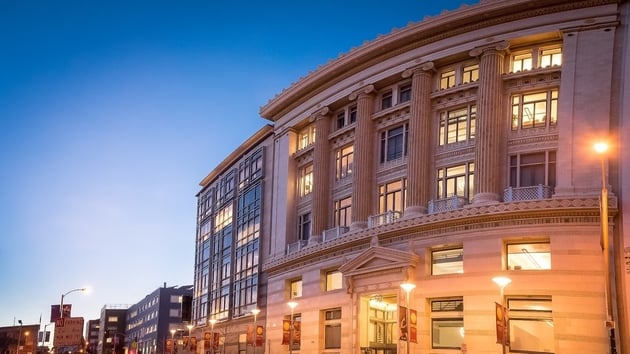
The Independent Conservatory Consortium
Sel Kardan of the Colburn School explained to me in a recent phone interview, that Colburn is part of consortium of music conservatories that was established six years ago and has been in constant communication since the outbreak of the pandemic. The members include Juilliard School, the Curtis Institute of Music, the Manhattan School of Music, the New England Conservatory of Music, the Cleveland Institute, the Royal Conservatory of Music in Toronto, the San Francisco Conservatory, and the New World Symphony in Miami, Florida.
Kardan also mentioned a second association called “The Seven Springs,” that has been in existence for years that connects university music schools including Rice, Northwestern, and Michigan.
“Right now,” said Kardan, “between these two groups there is an amazing brain trust of people sharing ideas. I do think these networks have helped us to be better prepared and the transition has been pretty seamless.”
The New Kid on the Block
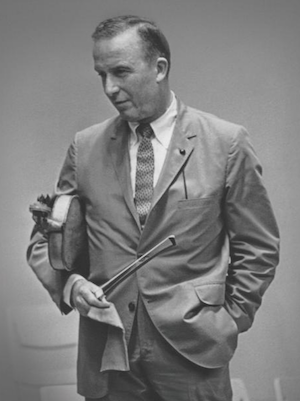
Unlike Juilliard, which is celebrating its 100th year of operation, the Colburn School is a still a decidedly young institution. It was initially founded in 1950 to serve as a preparatory link to USC’s Thornton School of Music. Then known as the Community School of the Performing Arts, its home was a former warehouse adjacent to the USC campus and the Shrine Auditorium. A major upgrade to the school occurred in 1985 when it received a significant endowment from Richard D. Colburn, and the school was renamed in his honor.
But the move that established the Colburn as a significant presence in the LA music community came in 1998 when its sleek new campus (designed by the architectural firm Hardy Holzman Pfeiffer Associates) was inaugurated on Grand Ave., diagonally across from the Walt Disney Concert Hall. In the coming years, Colburn will open a major expansion as part of the new Frank Gehry tower complex that is rising directly across the street from Disney Hall.
There are several reasons why Colburn is so prepared to deal with the challenges of the coronavirus, said Kardan.
“Our academic and applied instrumental faculty is already extremely positive and comfortable using a variety of communication and instructional technologies. A lot of our instrumental faculty have used distance learning for a number of years,” he explained. “In fact, Fabio Bidini our piano professor has been working on this a long time and has developed a mixing board to optimize the sound [coming over computer audio] to obtain really good fidelity. We also have our Center for Innovation and Community Impact on campus. They are our most tech savvy and connected team. They’ve been providing ideas about technologies and best practices that have developed for online learning in terms of platforms.
“Ease of use is really important,” Kardan continued. “There’s a general consensus that the combination of sound quality and ease combined with FaceTime is a very good platform. But it requires that both users have Apple products. They also have to have access to high-speed 5G Internet.”
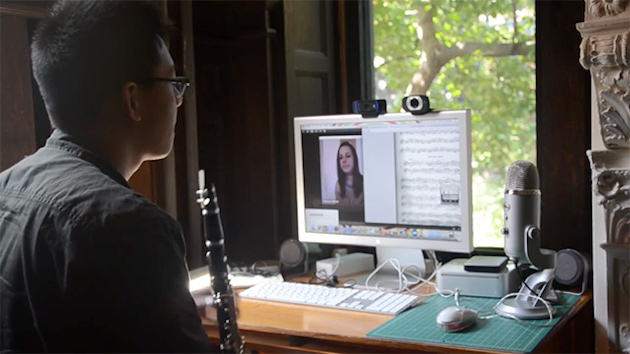
Another fortuitous event that helped prepare the Colburn came four years ago when the school received a major grant from the Ahmanson Foundation to upgrade their Wi-Fi capability on campus and highest speed connectivity.
“When we are able to get our faculty back on campus,” Kardan said, “we will already have this robust infrastructure in place. All our performance venues are equipped with 4-K robotic cameras, which we’ve been using to stream concerts for the last two years. Our faculty members have said they would be happy to stream live performances with no audience.”
The Colburn is also using a form of class instruction called, “flip learning,” in which students view the content of a lecture as a pre-recorded stream. Then the class convenes online and discusses the previously viewed lecture. “This,” said Kardan, “works particularly well for music history classes and theory of composition.”
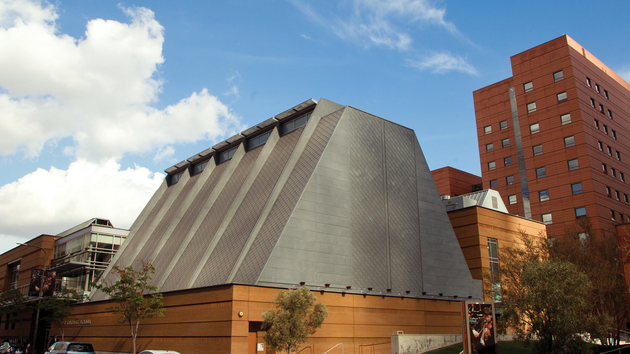
The Things You Couldn’t Prepare For
While it was fortuitous that schools like the Colburn found themselves ahead of the curve as they transitioned to online instruction, restrictions imposed to combat the virus present challenges no one could have been prepared for — academically, socially, and financially. And the longer these rules remain in effect, the greater that impact will be.
In the case of the Colburn School, Kardan said, when the order was issued to close the school and evacuate the 140 students living in the dormitories (half of whom live outside the United States), the administrative staff suddenly found themselves taking on the role of travel agents.
“We set up a team that worked with every student individually to make sure they could get home,” Kardan explained. “We have a student from Venezuela whose flight was booked through Panama City, then Panama shut its borders. Things were changing so rapidly, three of our Spanish students were literally on the last flight to Madrid. For those that could not get home, we had donors step up who offered to take them in and ‘self-quarantine’ together. We even arranged Airbnbs for some students.”
As of now, Colburn School has begun a crowd-sourcing campaign on GoFundMe. To this point it has raised $13,890. But Colburn has already spent over $45,000 for student meals, travel, and housing stipends
The school’s appeal cites the need for funding to support the immediate needs of students and faculty. The shutdown has also caused many students to be separated from their instruments. As a solution, pianists, percussionists, and harpists are being matched with private instruments in Los Angeles homes, rental studios, and “other creative practice options.” In addition, the Colburn is absorbing the cost of shipping instruments to students.
While everybody rallies round, the school is looking to keep its focus on student learning. “There’s a lot of creativity coming forward,” Kardan observed optimistically. “There are learning management platforms like Kannu that we can use during this crisis. But in the end, great teaching is great teaching.”



